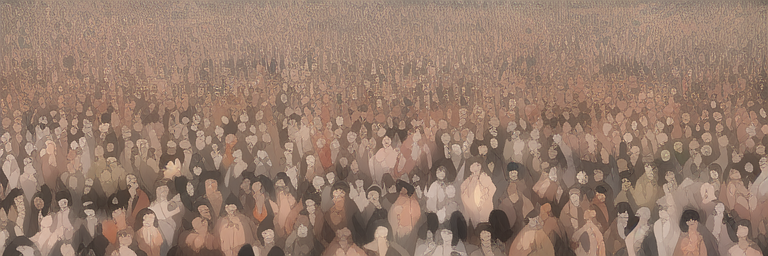What is human-centered design?
Human–centered design (HCD) is a process for creating products, services, and experiences that focuses on the needs of the people who will be using it. It starts with understanding the people who will use the product, service, or experience and then designing it to meet their needs. In other words, the HCD approach puts the user at the center of the design process, making sure that their needs are met throughout the development process.
HCD begins with research to understand the user’s needs and how they interact with the software. This information is then used to design a software that is easy to use and meets the user’s needs. The design is then tested with users to make sure it is effective before the software is developed.
HCD is an important part of software development because it ensures that the software is designed with the user in mind. This approach can help to make sure that users are able to use the software easily and that they are satisfied with the final product.
Which methodology suits HCD?
HCD is a iterative process, which means that it is constantly evolving as new information is gathered and new ideas are generated. The goal of HCD is to create products, services, and experiences that are usable, useful, and desirable. There are many different software development methodologies that can be used to create products, services, and experiences. However, not all of them are well–suited for HCD.
The most common software development methodology used for HCD is agile development. Agile development is a iterative and incremental approach to software development. It focuses on delivering working software quickly and then making constant improvements. Agile development is well–suited for HCD because it allows for constant feedback and collaboration between the development team and the people who will be using the product.
Another software development methodology that can be used for HCD is waterfall development. Waterfall development is a linear approach to software development. It focuses on delivering a complete product all at once. Waterfall development can be difficult to use for HCD because it can be hard to get feedback from users during the development process. It can also be difficult to make changes to the product once it has been completed.
The choice of software development methodology should be based on the needs of the project. HCD projects often require constant feedback and collaboration, so agile development is usually the best choice. However, if the project is simple and there is no need for constant feedback, waterfall development may be a better choice.
A Closer Look at Human-centered Design (HCD)
Human-centered design is a process in which the needs of people are placed at the center of the design process. This means that designers must have a deep understanding of the people they are designing for and must take their needs into account at every stage of the design process.
Examples
One example of human-centered design is the use of user-centered design methods. User-centered design is a process in which designers work closely with users to ensure that the products they are designing meet the needs of those users. This process typically involves user research, user testing, and feedback from users throughout the design process.
Another example of human-centered design is the use of design thinking methods. Design thinking is a process that helps designers to understand the needs of users and to come up with creative solutions to problems. Design thinking involves a deep understanding of users, creative problem solving, and iteration. Human-centered design is a powerful tool that can help designers to create products that meet the needs of users. By understanding the needs of users and using user-centered and design thinking methods, designers can create products that are more likely to be successful.
Advantages
Human Centered Design (HCD) is a process that starts with the needs of people and works backwards. It’s a way of thinking and acting that puts people at the center of everything we do.
The advantages of Human Centered Design are many, but some of the most important are that it leads to products, services, and experiences that are more relevant and useful to people, and it results in more satisfaction and loyalty from customers and users. HCD also tends to create a more collaborative and innovative work environment, and can help organizations be more agile and adaptable.
Disadvantages
There are a few disadvantages to human centered design. First, it can be difficult to find the right balance between meeting the needs of the user and the goals of the business. Second, it can be time–consuming and expensive to constantly be testing and tweaking designs to make sure they are user–friendly. Finally, there is always the risk that a design that is too user–friendly will be less effective overall.
What’s In Store for Human-Centered Design (HCD)
There is no doubt that Human Centered Design (HCD) is here to stay. The advantages that it offers in terms of improved user experience and engagement are simply too great to ignore.
In the future, we can expect to see even more businesses and organizations adopting HCD principles in order to stay ahead of the competition. We will also see HCD becoming increasingly specialized, with different teams focusing on different aspects of the user experience. As HCD matures, we can expect to see even more amazing design solutions that make our lives easier and more enjoyable.

